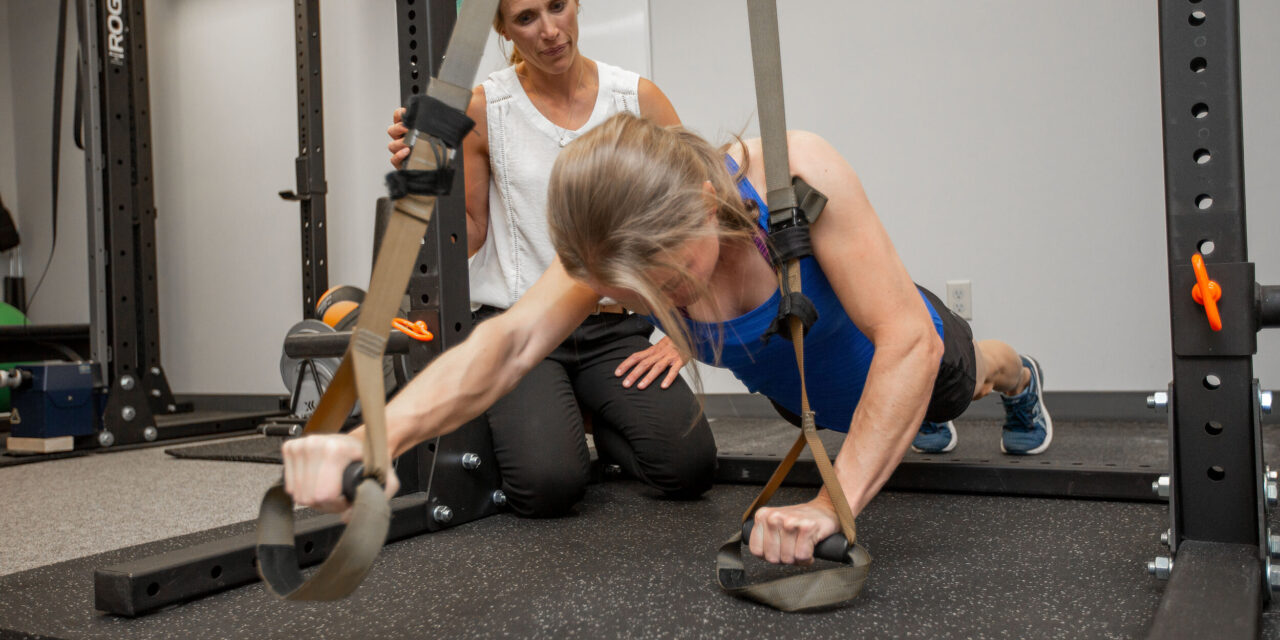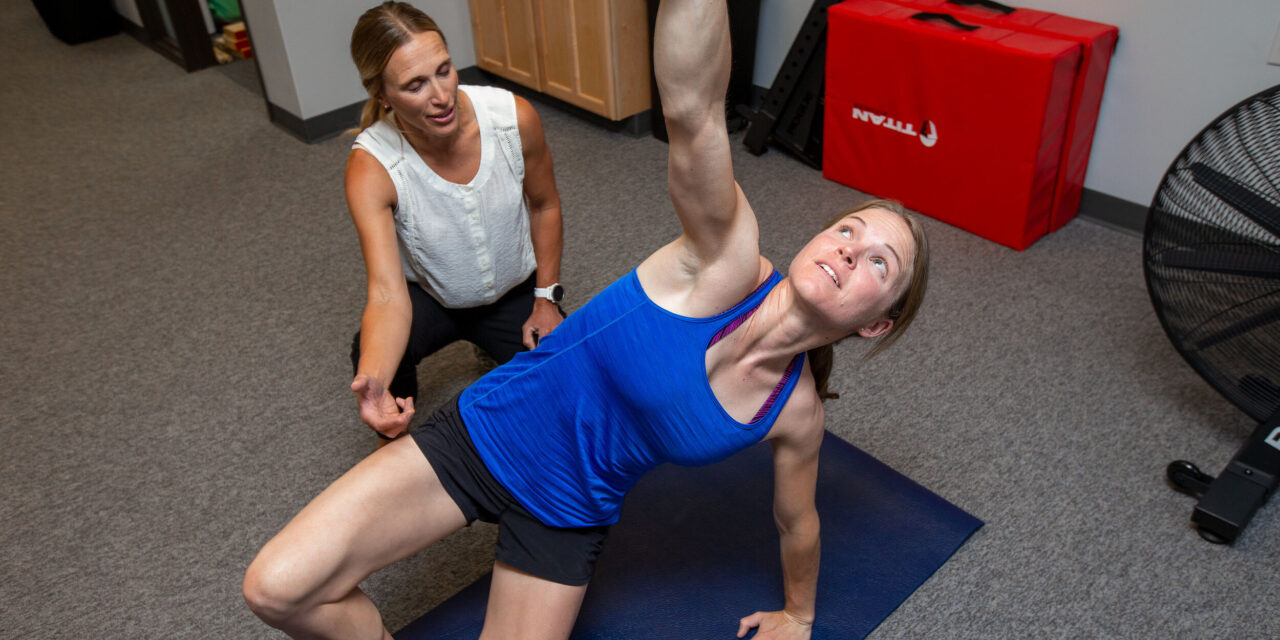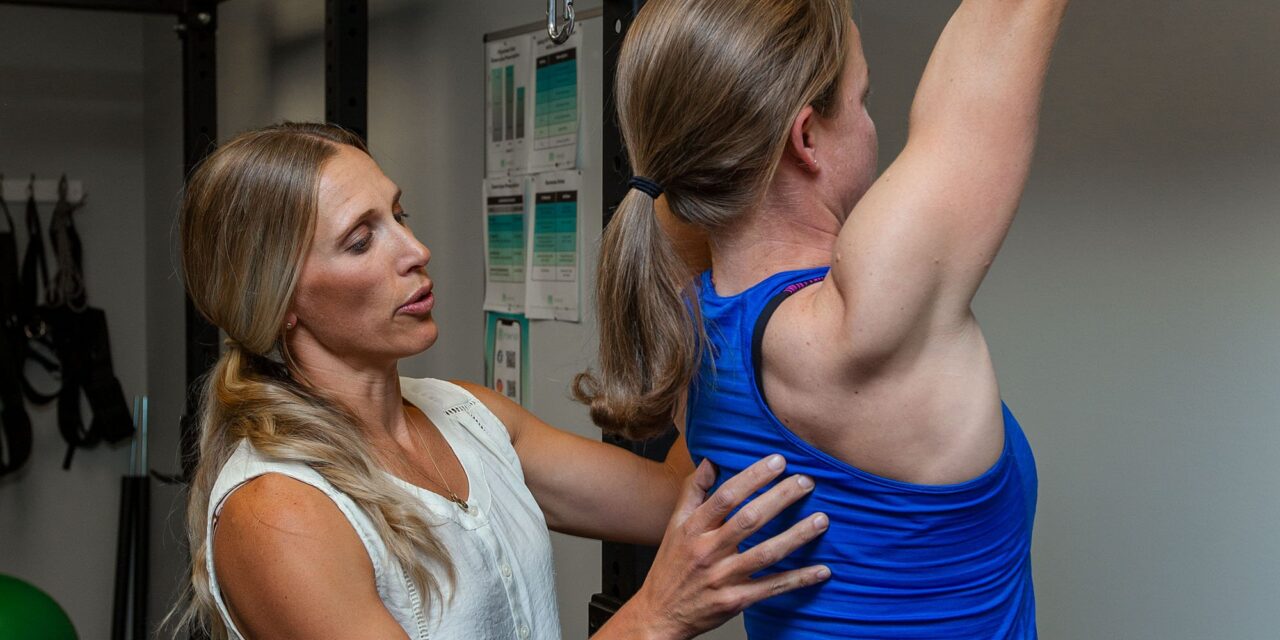After a sports injury it is normal to feel apprehension or concern about re injury when returning to practice or competition. In our Boulder Physical Therapy practice, our Physical Therapists utilize objective tests to quantify strength, power, and function asymmetries following an injury or surgery to ensure a patient is ready to return to their...
How Do I Start A Plyometric Program?
January 24, 2022
Plyometrics have been utilized in late stage Physical Therapy and strength and conditioning programs for decades. These jumping and bounding movements are initially attributed to the Russian track and field coach Verkhoshanski in the 1960s as shock or jump training. The term plyometrics is attributed to Purdue University track and field coach Fred Wilt in...
If It Improves Performance And Lowers Injury Risk, Why Are Triathletes Not Strength Training?
February 4, 2021
Boulder is one of our country’s hubs for endurance athletes including those training for one of the race distances in triathlon. In our Physical Therapy practice we frequently evaluate and treat triathletes’ injuries allowing them to return to the high volume of training required in their sport. The vast majority of these injured athletes are...
Caffeine is a well established stimulant enjoyed by many adults, in many forms, around the world each day. Users have known about its’ performance effects since the beginning with researchers confirming its’ performance benefits over the last century. It is one of the few well established performance enhancing drugs and was previously restricted and is...
Many abdominal strengthening exercises focus on the concentric phase of contraction. For climbers this is important, but often the abdominals have to activate eccentrically. To review: a concentric contraction occurs when a muscle creates tension while it shortens and an eccentric activation occurs when a muscle creates tension while it lengthens. Think about what your...
Joint stiffness in the thoracic spine can be a significant contributor to neck, upper back, and shoulder pain in rock climbers. The high muscle demands and repetitive pulling down movement of climbing often leads to excessive thoracic kyphosis, internally rotated shoulders, and a forward head position. If left untreated this can lead to long term...
Self soft tissue mobilization using a foam roller or other device (stick, ball, etc) is a popular adjunct to training that we see our strength and endurance athletes utilize in our Boulder physical therapy practice. We often receive questions about how and when foam rolling should be utilized in training and whether it helps with...
Dehydration and Electrolyte Levels NOT Shown To Influence Cramping
September 21, 2020
Muscle cramping can be a frustrating and painful consequence of individual and team sport athletic participation leading to decreased sports performance. The internet is filled with reported remedies to cramping from creams to sports drinks. Many aim to resolve possible imbalances of hydration and electrolyte balance (sodium and potassium) from sweating during an athlete’s training...
Most climbers are aware of the importance of finger flexor strength. But how strong are your finger EXTENSORS? Finger extensors are the antagonist muscle group to the finger flexors and are critical to providing support and stability. Strengthening this muscle group is key component to a finger rehabilitation program, particularly in rock climbers who put...
Many Boulder team and endurance athletes had their respective seasons shortened or cancelled secondary to COVID-19 sending them into an unexpected training season or offseason. Although frustrating, this downtime can be well utilized to prepare for the next training cycle. During a normal year, few athletes reach the end of their seasons without a missed...



